The 1813 Hannibal Head Holey Dollar
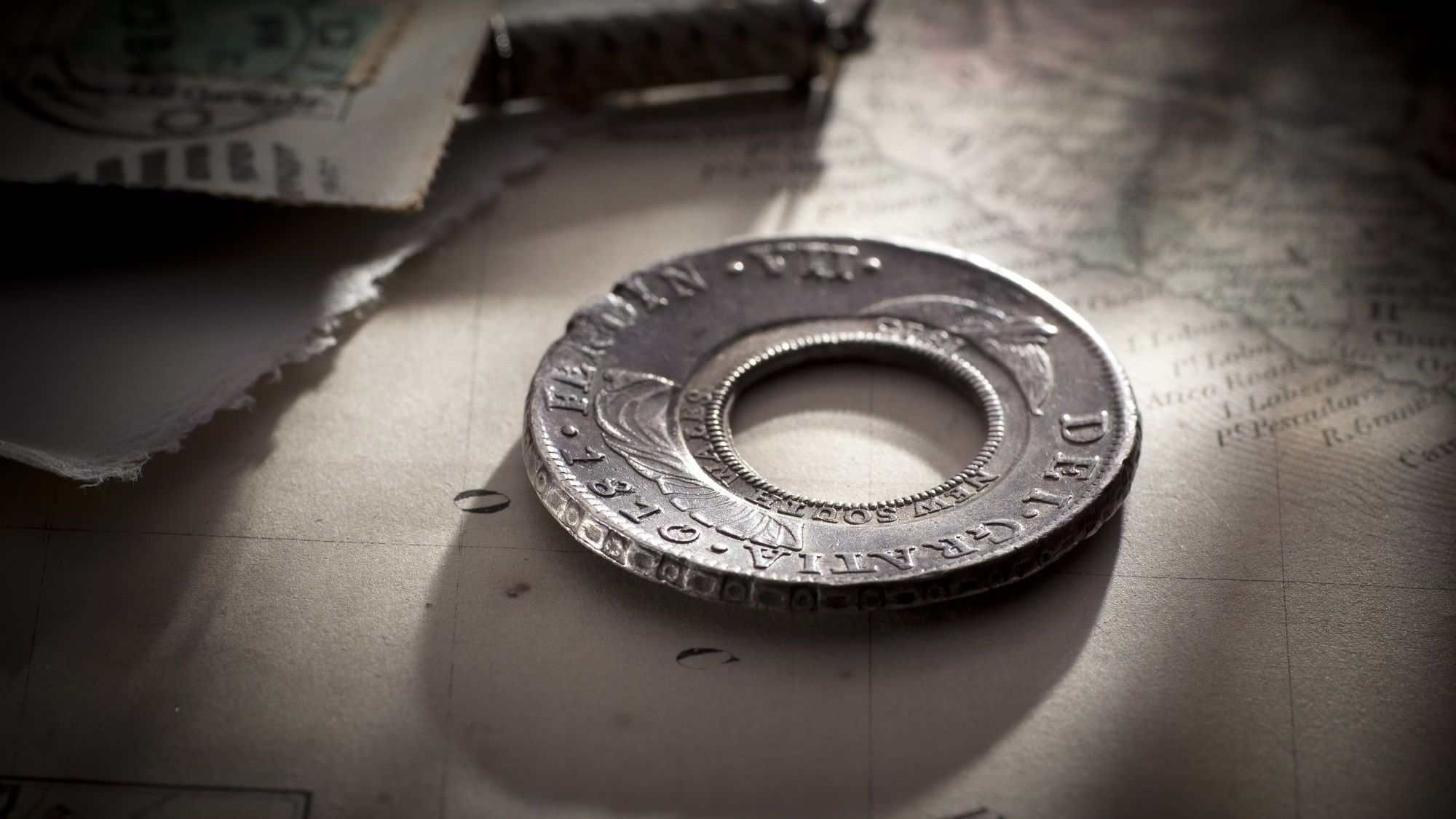

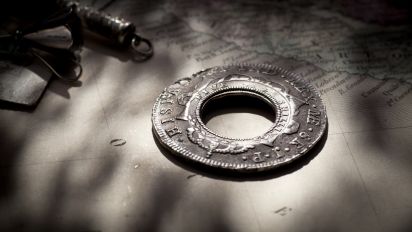
The Holey Dollar. A narrative that embraces Australian history. And European history.
The Holey Dollar is a story that involves Australian history. Where was it discovered? Who owned it?
It also is a story about Spanish history. Where in the Spanish Empire was the original Silver Dollar minted? Who was the Spanish King at the time of its issue?
And while every Holey Dollar has a story, the ‘Hannibal Head’ Holey Dollar has in our view the most potent story to tell.
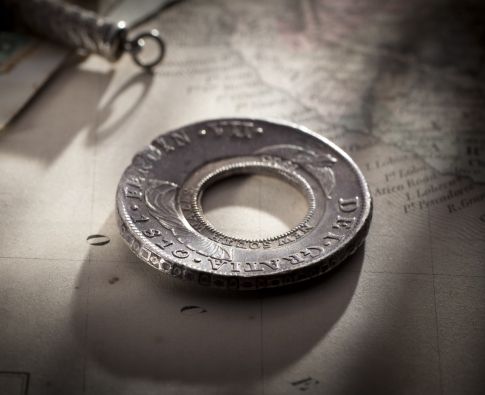
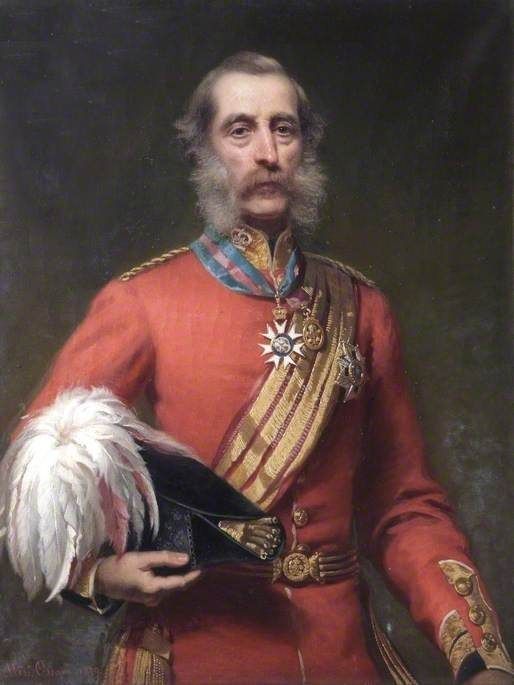
Sir John Henry Lefroy, Governor of Van Diemen's Land.

A pencil drawing of the 'Hannibal Head' Holey Dollar submitted to the Royal Numismatic Society of London in 1883 by Sir John Lefroy.
This is the earliest known illustration of Australia's very first coin, the Holey Dollar.
The ‘Hannibal Head’ Holey Dollar.
This 1813 New South Wales Holey Dollar was created from a Spanish Silver Dollar that had been struck in 1810 at the Lima Mint in Peru.
The legend of Ferdinand VII and an imaginary depiction of the monarch, referred to as the ‘Hannibal Head’ portrait, appeared on the silver dollar.
The anomaly of the portrait is explained below.
The Spanish Empire was in decline. In 1808, King Charles IIII abdicated the Spanish throne for his son Ferdinand VII, the latter reigning for less than two months. Both Charles and Ferdinand were pressured to cede the Spanish throne to Napoleon Bonaparte’s brother Joseph.
The Spanish colonial mint in Lima refused to recognise Joseph Bonaparte as King of Spain.
In what can only be regarded as a political protest, the Lima Mint created their own silver dollar with the legend of the imprisoned Ferdinand VII and an ’imaginary portrait’. The portrait was far from flattering and is referred to as the ‘Hannibal Head’ portrait.
The ‘Hannibal Head’ Holey Dollar is famous. And for several reasons.
It is unique.
Up until 2014, one other example was held in the State Library of New South Wales, bequeathed to the Library by Sir William Dixson. Stolen from the Library in 2014, the coin has never been recovered.
Discovered in Tasmania in 1881, near Hobart, in what was believed to be a bushranger’s hoard, this ‘Hannibal Head’ Holey Dollar was subsequently presented to Sir John Henry Lefroy, Governor of Van Diemen’s Land, 1880 – 1881.
The coin’s discovery was written up in several newspapers published in the early 1880s, the Hobart Mercury (1883) and the Sydney Morning Herald (1884).
A pencil drawing of this ‘Hannibal Head’ Holey Dollar published in 1883 in the Numismatic Chronicle, London, is the earliest known illustration of Australia’s very first coin.
The Holey Dollar. A coin of influence.
As the nation’s very first coin, the Holey Dollar is one of the most influential coins in the Australian rare coin market. That it was created from a coin of the Spanish Empire means that its influence extends to international markets.
Beginning with Columbus in 1492 and continuing for nearly 350 years, Spain conquered and settled most of South America, the Caribbean, and the south west of America. The Spanish Empire was the first global empire in history.
It was the silver rich continent of South America that became Spain’s treasure trove, bank rolling its ascendancy as a world power. And that saw a worldwide dominance of the Spanish Silver Dollar as an international trading coin.
It was the coin that was holed, and counter stamped by private individuals, banks and government authorities in the nineteenth century the world over, including the penal colony of New South Wales.
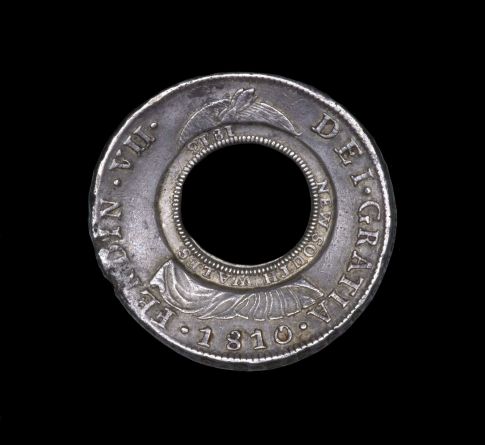
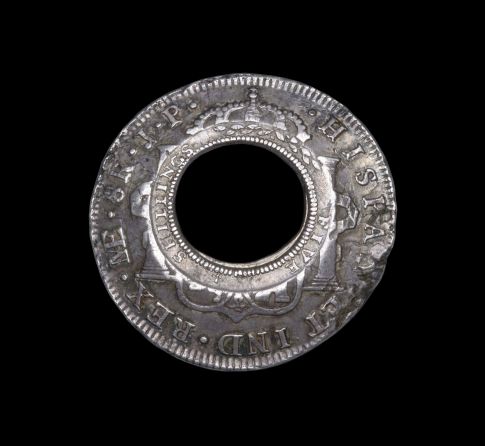
The Holey Dollar. A hierarchy not just based on quality.
In 1812, Governor Lachlan Macquarie imported 40,000 Spanish Silver Dollars and enlisted the services of emancipist William Henshall to convert the shipment into Holey Dollars. And Dumps. The very first coins struck in Australia.
There is a pecking order within the 300 surviving Holey Dollars. And it is not based solely on quality, the very reason why the well circulated Ferdinand VI Holey Dollar (graded about Fine) was valued at the same level as the Madrid Holey Dollar when it was displayed in 2013 by the Macquarie Group.
The obvious hierarchy for most Australian rare coins is quality. Consider the 1930 Penny. The Adelaide Pound. Establishing a pecking order is simple and basic.
The protocols for establishing a pecking order for Holey Dollars is a touch more complicated. It relates to the content of Governor Lachlan Macquarie’s original order for 40,000 Spanish Silver Dollars.
Governor Lachlan Macquarie’s order was not date specific. Any date would do. Any monarch would suffice, King Charles III, Charles IIII, Ferdinand VI or Ferdinand VII.
Nor did Macquarie care where the coin was minted. Mexico. Peru. Bolivia. Or Spain. And quality was inconsequential.
All that mattered was that it was a Spanish Silver Dollar.
And it is the interplay of these attributes, quality, mint, monarch and date that define a Holey Dollar and leads us to say that while all Holey Dollars are rare, some are far rarer than others.
When you look at the approximately 300 surviving Holey Dollars, the coins can be grouped based on the combinations of monarch and date of the original Spanish Silver Dollar.
The chart below clearly shows the importance of the Ferdinand VI Holey Dollar. And the Hannibal Head Holey Dollar offered here.

Distribution of Holey Dollars based on their legend and portrait. Figures based on Mira Noble records, published in 1988.
*Charles III died in 1788. To maintain silver coin production, the Spanish Mint’s continued to produce coins depicting the portrait and legend of the deceased monarch. Two Holey Dollars, dated 1789, feature the legend and portrait of the deceased monarch.
**In 1789 and 1790 the Spanish Mint’s amended the legend to Charles IV maintaining the portrait of the deceased king.
In 1791 the legend and portrait were amended to Charles IIII.
© Copyright: Coinworks